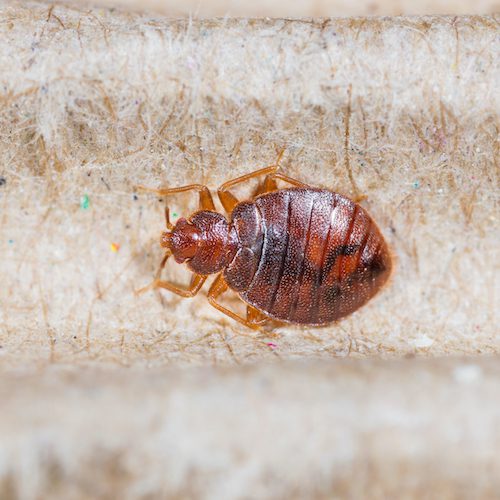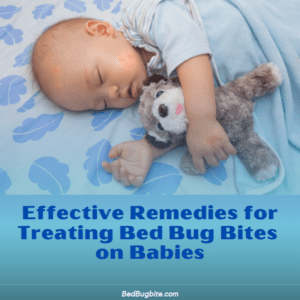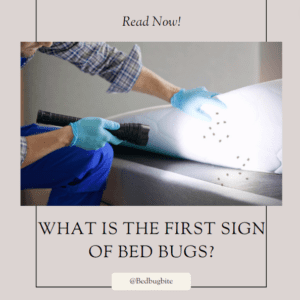Got Bed Bugs?
In this article we will be discussing methods for controlling bed bugs. Bedbugs are parasitic insects that prey on people while they sleep. What actually attracts them to humans? They are drawn to carbon (IV) oxide exhale while sleeping, the heat exuded from the body and the smell. They usually go into hiding after their blood meal and for this reason, detecting, preventing or even preventing them can be a challenging task.
Controlling Bed Bugs Using Integrated Pest Management
Sometimes, pesticides alone are not enough to eradicate bedbugs. There are several methods for controlling bed bugs. One might be the need for the full integration of the Integrated Pest Management (IPM) for an effective management, prevention and control of bedbug infestation. IPM is an ideal approach to pest management that is dependent on your knowledge of the particular pest and other relevant practices that involves monitoring, inspection, sealing cracks and reducing clutter. It involves the use of barriers, other non-chemical techniques and careful use of the pesticides if necessary.
1. Environmental Modification
- Vacuuming plays a role in reducing the number of bedbugs. While cleaning and vacuuming your house, pay close attention to those bedbug prone areas. Once you are done with vacuuming, seal the bag and dispose the vacuum bag.
- Encasement should be installed on the mattresses and box springs.
- Isolate the bed from every other structure in the room. It should be kept away from the wall and away from the floor.
- Get bedbug interceptors and install underneath the bed and furniture legs.
- If you have clutters around, remove them as they can form hiding places for Bedbugs.
- Avoid placing clothing on the floor.
- Keep infested items away and isolated in sealed containers and plastic bags.
- Always seal the cracks and holes that can form hiding places for bedbugs.
- You should not hesitate to let your landlord know about the bedbug infestation in your apartment if you notice their presence.
Bedbugs are not specific to anyone. They can infest anyone or any house.
2. Non-Chemical Controls
Exposing bedbugs to very high temperatures can kill them. You can use the method of steaming, heating or even freezing with a special kind of equipment to treat those items that cannot be washed or dried. You should note however that increasing the thermostat or indoor temperature has little or no effect on the bedbugs.
- You should wash bed sheets and bed clothing’s regularly. Then, dry it for about 30 minutes setting the heat level on the highest.
- If the items are small and can’t be washed, you may place them in the freezer for about 4 days.
- Use hot steam on furniture that is infested.
- When you notice some items have been infested, dispose them.
- There are other methods for controlling bed bugs used by professionals such as placing them in heat chambers meant for controlling bedbugs.
3. Monitoring
- Inspect the mattress and sofa occasionally.
- Get interceptors and place them under the sofa and bed legs. Have them checked out every 1-2 weeks.
- If you are worried that bedbugs may be present in your home, you may have to set up a home-made monitor that detects bedbugs even when their population is not large. Get some instructions here: njaes.rutgers.edu/bed-bug/
4. Insecticide Treatments
It is also common to treat them using insecticides.
- Diatomaceous Earth (DE): DE is a substance in a powdery but natural form that eliminates insects. You should use them properly following the right direction. Do not forget to use the ones labelled specifically for insects.
- Sprinkle the DR along the cracks and crevices in the walls, spaces around the bed, the bed frames. Also pay attention to those behind the wall plates and along junction of the wall and floor.
- Wear a mask while applying it.
- If you notice new bedbug harboring sites while doing your inspections, apply the DE to such sites.
- Wait for some time after the application as it takes DE up to two weeks and even two months to eliminate bedbug infestation.
5. Follow up Monitoring
- Wash your bed sheets as regularly as two weeks until the bedbugs are all killed.
- Ensure that each furniture leg in your room has an interceptor.
- You should always run a visual inspection of the interceptors on weekly or bi-weekly basis.
- Clean up the interceptors with cotton ball dabbed in talc.
If you do not notice any manifestation of bedbugs for 6 weeks, then you may declare your house ‘bedbug-free’.
What Do Bed Bugs Look Like?
- Adult bedbugs are usually rusty-red in colour, the size of apple seed (3/8”), oval and flattened vertically. They have 6 legs just like other insects.
- Although they don’t fly or jump, they have the ability to run and to hitch hikes.
- They have the tendency to congregate.
- Their eggs are miniature, whitish in color and glue to surfaces.
- Their nymphs are light colored and are sized 1/16”.
- They can survive months without having a blood meal.
Signs of Bed Bugs
- Bedbug infestations usually leave traces of blood stains incurred from crushing them on bed linens and also their yellowish shed skins and blackish rusty spots.
- Their bite marks alone are a sure sign of its infestation. However, the red, itchy welts from the bites go further to validate this.
Important, Be Sure Your Pests are Bed Bugs!
- Before you take further steps or actions, ensure that you have already captured several samples of the pest and have them checked our by an expert and get them identified.
- You could be making a huge mistake if you miss the first step as their have been numerous cases of people being treated for bedbug when bedbug is not the pest disturbing them.
Recognizing Bed Bugs
Bed Bug Hiding Places
Bedbugs do find strategic places in the house and turn such places to their hiding place. Such places that harbor bedbugs include:
- Most common places:
- Bed sheets, blankets, pillows and pillow cases.
- Along the seams and handles, labels and under handles of mattresses.
- Along heard boards and bed frames.
- Folds and seams of sofas and chairs.
- Check out the box springs; underneath the dust cloth, nail holes and cracks possibly created by nails and staples.
- Less common places:
- Along and beneath the edges of the wall-to-wall padding and carpeting.
- Under wood moldings. In cracks nail holes and crevices in walls.
- Under the wall seams and loose wallpapers.
- Behind mirrors and hanged picture frames
- Among clothing or cluttered kept beneath the bed or any part of the room.
- Inside luggage, bags and backpacks.
- Within electrical outlets, switch plates and other clutter located around the room.
One option for all natural bed bug treatments is Nature’s MACE Bed Bug Killer. You can also visit the website for other articles and methods for controlling bed bugs. Read More…




